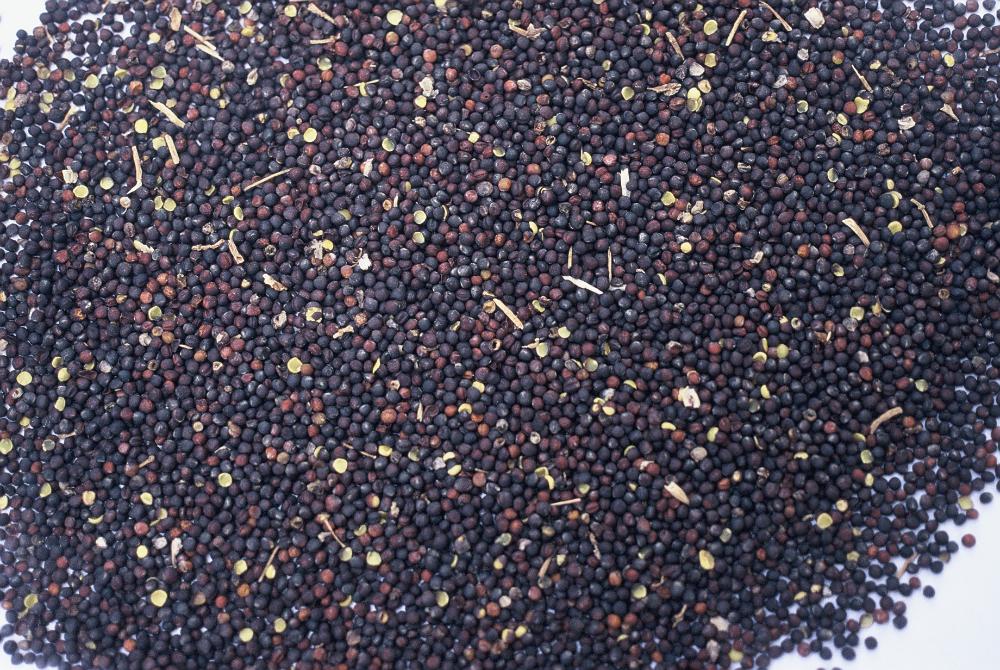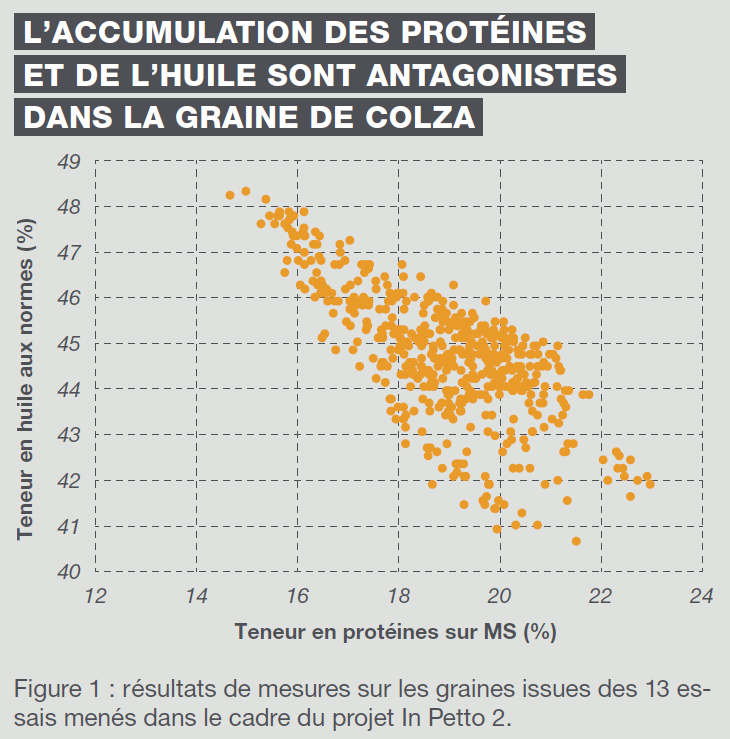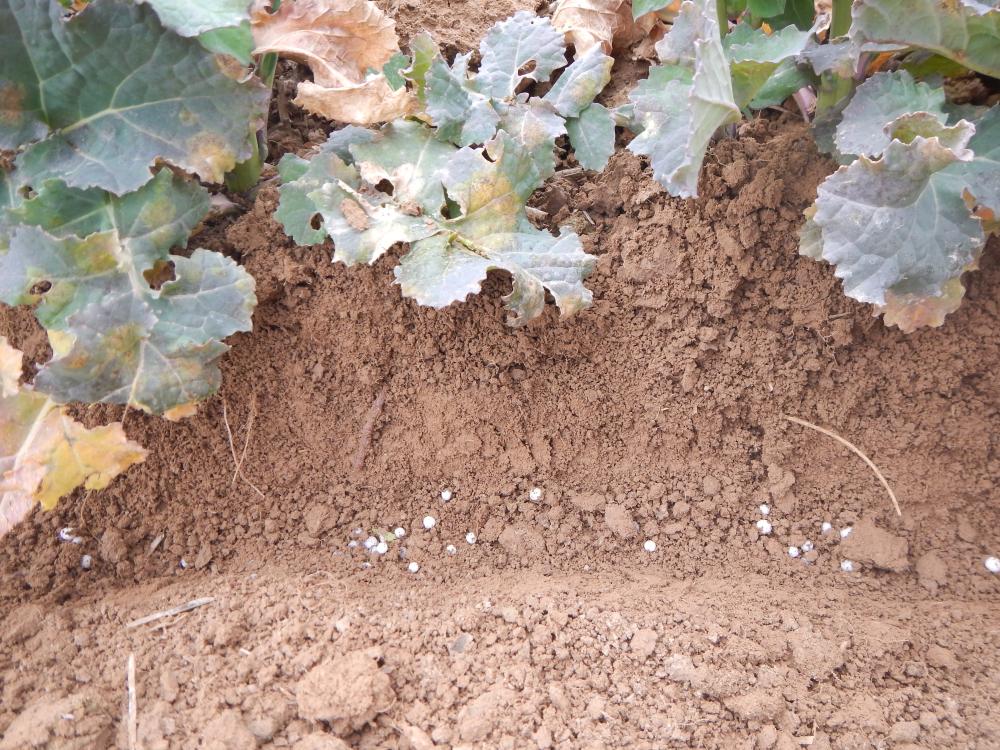Rapeseed proteins: adapting management to meet new market demands
Rapeseed proteins: adapting management to meet new market demands
The In Petto 1 and 2 projects, led by Terres Inovia, Sofiprotéol and the University of Caen, have studied the impact of cultivation practices on the quality of cruciferous seeds. The aim is to offer varieties that meet demand: high oil and protein content, high yields and protein quality. This last point has yet to be explored.
Well-known for its oil content, rapeseed also contains a protein fraction that is used in the form of oilcake. Certain markets appear to be promising: animal feed, with the aim of relocating plant production for livestock feed; but also human food, in a global context of dietary transition and the search for alternatives to animal proteins for various uses.

Rapeseed contains 2 main fractions:
oil and protein. Copyright: Terres Inovia
To meet demand, rapeseed needs to be higher in protein. Current protein levels of between 18% and 21% are insufficient to meet expectations (22% to 26%). While the 26% target is difficult to achieve with current varieties (see box), levels of 22% or even 23% have already been achieved in some cases. The potential is there, but we still need to figure out how to roll it out to larger volumes.
The other challenge is that we need to add value to both the oil and the protein. However, these two elements do not accumulate synergistically in the seed: an increase in protein content generally leads to a drop in oil content.

Graph taken from the Arvalis & terres Inovia infos article attached at the bottom of the page.
Cultivation practices and seed quality
At the same time, another requirement is protein quality. Rapeseed naturally contains so-called 'essential' sulphur amino acids, which cannot be synthesised by monogastric organisms (including humans). However, there is variability in the proportion of these amino acids in rapeseed proteins, which is determined by the napin/cruciferin ratio (two reserve proteins in the seed, the first of which is richer in sulphur amino acids). Ideally, both the total quantity of protein and the proportion of these essential amino acids should be increased to provide 'quality' protein.
The In Petto 1 and then In Petto 2 projects, led by Terres Inovia, Sofiprotéol and the University of Caen, set out to work on these three challenges between 2019 and 2022, by studying how cultivation practices (choice of variety, nitrogen and sulphur fertilisation) could influence protein content and quality, and oil content.
As part of these projects, a pre-study identified a pool of 11 marketed (or pre-marketed) varieties with higher-than-average protein content. The trials carried out confirmed the potential of 3 of these varieties, including ES Cesario and ES Amadeo. While ES Cesario has a significantly higher protein content than the DK Exstorm control, ES Amadeo seems to have a better protein content than the DK Exstorm control.

The form of nitrogen fertiliser (ammonium nitrate, here)
has no impact on protein content. Copyright: Terres Inovia.
The question of protein quality remains. As part of the project, this was assessed in several trials, with mixed results. In certain trials and climatic conditions, the effects of late fertilisation were observed, leading to an increase in protein content and a maintenance or even an increase in the napin/cruciferin ratio. On the other hand, the increase in protein content is not necessarily correlated with that of the napin/cruciferin ratio, a sign of better protein quality. We still need to find out more about the factors that determine protein quality if we hope to win on both counts in the future.
| Towards high-protein varieties Spring oilseed rape is naturally richer in protein than winter oilseed rape, while its oil content is close to that of its cousin. Several breeding programmes have been launched to introduce the genetic trait linked to high protein content into the seeds of winter rapeseed by successive crosses between winter and spring rapeseed parents. New varieties should be available within 5 to 10 years.
|
Contact : C. Le Gall, c.legall@terresinovia.fr